Despite suffocating population density and a history of reckless industrialization, Taiwan remains an island of globally significant biodiversity, as well as a country where finding wild creatures isn’t difficult.
The northern part of the country has a subtropical climate, while the south falls into the tropical climate zone. Because of the complex and vertiginous topography, there are places that swelter for several months each year, while others experience snowfall and freezing nighttime temperatures.
Crucially, Taiwan has been an island for something like 12,000 years, since the end of the Last Glacial Period resulted in rising sea levels. The lifeforms that established themselves here continued to evolve in ecological isolation, resulting in a huge number of species that are unique to the island.
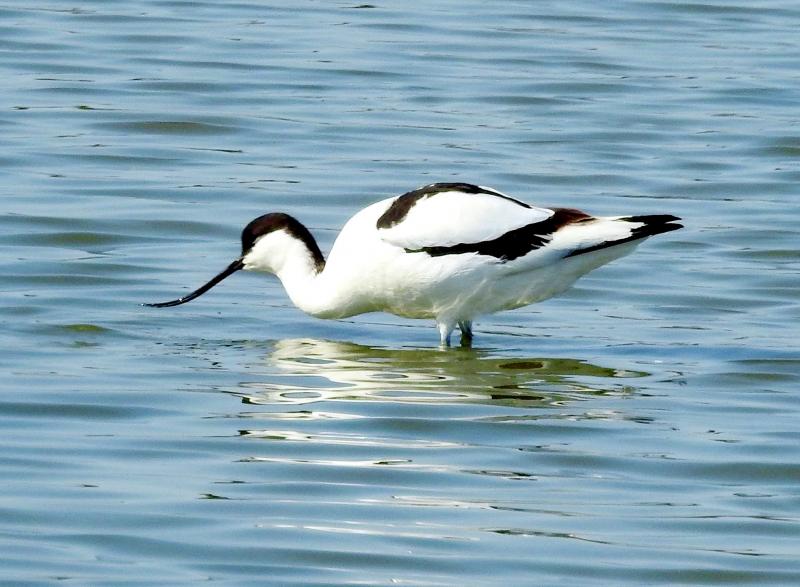
Photo: Steven Crook
Of Taiwan’s 4,077 species of native vascular plants, 1,067 are endemic, meaning they’re seen nowhere else on Earth.
Endemism is also common in Taiwan’s insect population. Among the country’s 161 kinds of damselfly and dragonfly, 19 are endemic species and 10 endemic subspecies. For its land area, the variety of butterflies in Taiwan is 10 times that of Japan.
Bat species total 38, of which 11 are endemic. The official total of avian species recorded in Taiwan has climbed to 678, including 30 endemic species and 54 endemic subspecies — and birds are some of the easiest wildlife to see.
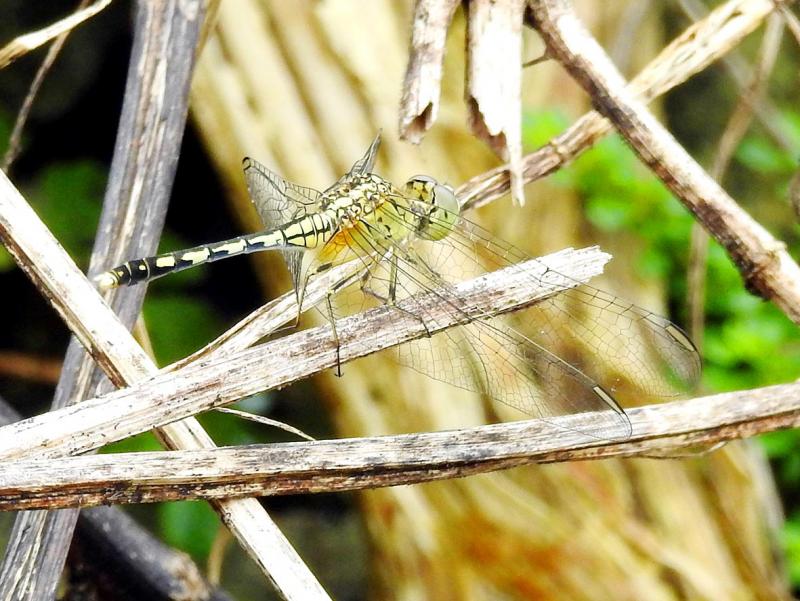
Photo: Steven Crook
BIRDS, BIRDS, EVERYWHERE
An online global database of bird observations called eBird (ebird.org) collates data from more than 2,900 locations in Taiwan. It has some good news for birdwatchers who live in or around the capital: The first, second, sixth and seventh most specious places are in Greater Taipei.
Yeliu (野柳) on the north coast tops the list with 344 species recorded. Tianliaoyang Wetland (田寮洋濕地) in the northeast, where 335 species have been seen, is second.
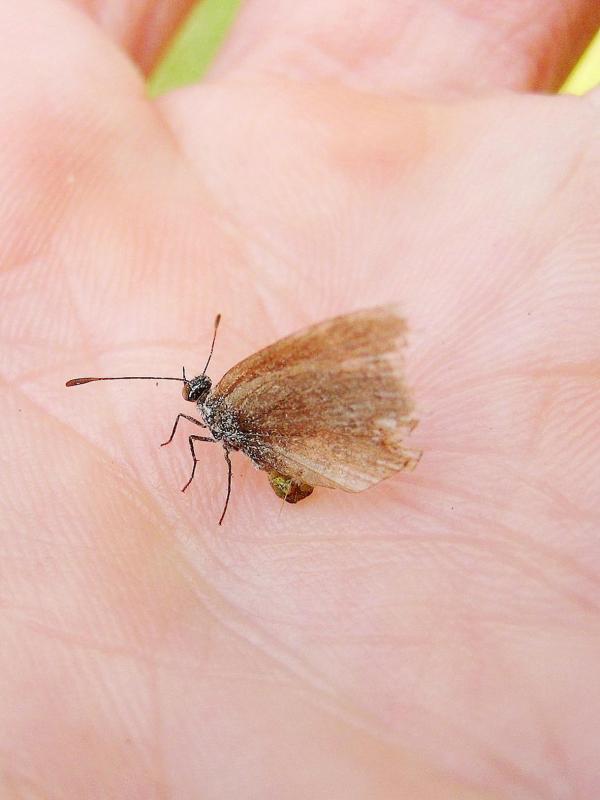
Photo: Steven Crook
Yeliu’s avian attractions include the Greater crested tern, the Blue rock thrush, the Pacific reef heron and the Peregrine falcon.
Not every photography enthusiast who travels to Tianliaoyang Wetland goes there for birds. Taking pictures of trains against a backdrop of greens and blues is also a popular pastime.
If you want to see a good variety of birds in the cooler months, heading to the coast or to a river estuary is a good idea. Of Taiwan’s top 100 birding spots, as ranked on eBird by species numbers, very few are inland.
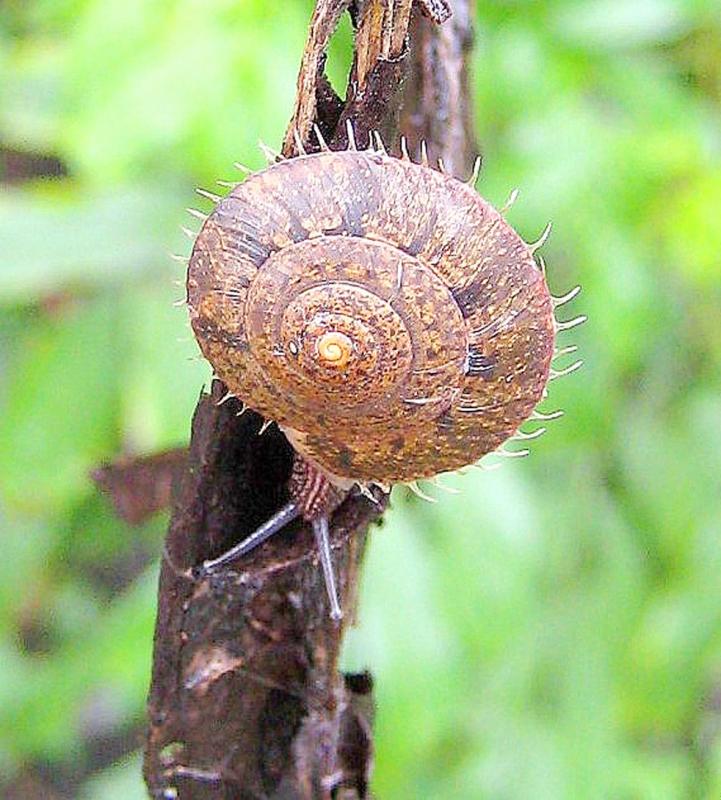
Photo: Steven Crook
Among the exceptions are Taipei Botanical Garden (台北植物園), where I’ve never failed to see plenty of birds up close, and a stretch of Dasyueshan Forestry Road (大雪山林道) in Taichung. At the latter, you’ve a decent chance of seeing mid-altitude endemic species like the Swinhoe’s pheasant or the Taiwan bamboo partridge.
CRABS AND CRUSTACEANS
Even though many of Taiwan’s intertidal ecosystems have been damaged by development, fans of crabs and mudskippers don’t need to travel far from the major cities.
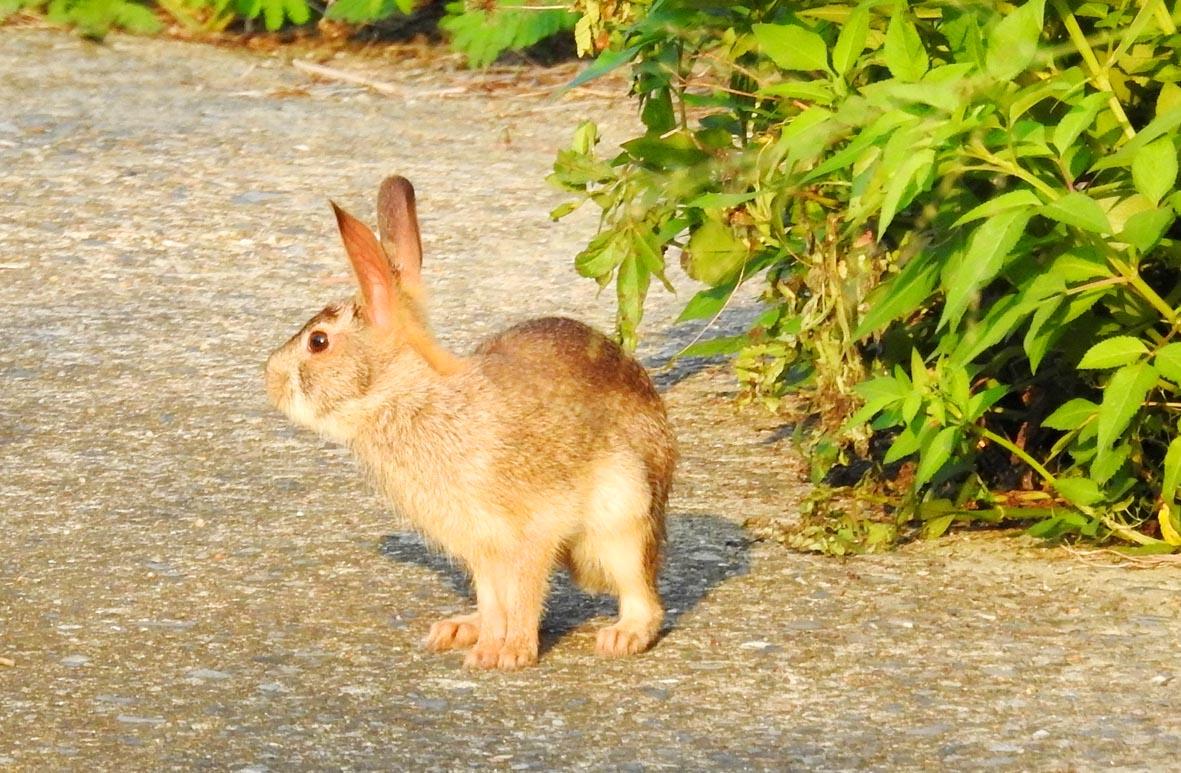
Photo: Steven Crook
The Taiwanese fiddler crab, an endemic first described exactly 100 years ago, thrives at multiple locations on the west coast, and also in the Penghu archipelago. Every time I’m at Haomeiliao (好美寮) in Chiayi County’s Budai Township (布袋), I stand as still as possible, then watch as hundreds of these creatures cautiously emerge from their burrows in the mudflats. I always come away feeling mollified.
Haomeiliao is also home to casts of Mictyris brevidactylus. This pale blue crustacean isn’t an endemic species, but it is visually attractive, and has an appealing Chinese name (和尚蟹, “monk crab”).
One of the country’s most special water-dwellers isn’t that difficult to see in its natural habitat. But whether you’d be able to tell it apart from the three other piscine species that inhabit the Chichiawan Creek (七家灣溪) is another matter.
LANDLOCKED SALMON
The Formosan landlocked salmon is the only salmon that lives anywhere near the tropics. There are other landlocked salmon species in North America and Russia, but no other salmon is found at such a high altitude.
In recent years, the fish has been confined to Chichiawan Creek. No part of this pristine and beautiful waterway — which is 15.3 km long, 7m to 12m wide, and drains an area of 76km2 — is below 1,740m above sea level.
Some think the Formosan landlocked salmon’s precarious existence is the result of a meteorite striking Earth almost 800,000 years ago. Not only did the planet cool down, but magnetic north and south switched places, confusing salmon populations and causing them to stray southward. When the Ice Age ended, the salmon’s inability to survive in water warmer than about 18 degrees Celsius forced it to retreat to the uplands.
Tourists aren’t allowed close enough to the creek to distinguish salmon from other types of fish, although binoculars might help. Unless you’re a researcher, your best hope of seeing the fish that’s depicted on the NT$2,000 bill is the Taiwan Salmon Eco Center at Wuling Farm (武陵農場), where artificially propagated specimens swim in display tanks.
WILD ANIMALS
Few experiences are as thrilling as seeing a large animal in its habitat. Taiwan has neither big cats nor pachyderms, but it does have bears, deer, hares, macaques and pangolins.
In common with 99 percent of Taiwan’s population, I’ve never seen a Formosan black bear.
Formosan macaques — which like Formosan black bears represent an endemic subspecies — are at the other end of the visibility spectrum, and sometimes quite troublesome.
The country’s largest herbivore is the Formosan sambar deer. Some male specimens weigh more than 200kg, with a shoulder height of 120cm.
Since the Formosan clouded leopard went extinct, the only predators the sambar has faced are human. Finding them usually involves long treks into the Central Mountain Range. The only place I’ve seen sambars is around Lakuyin Creek (拉庫音溪) in the southern part of Yushan National Park (玉山國家公園).
I’m always delighted to see a Reeve’s muntjac, a type of deer no bigger than a dog. Jhihben (知本) in Taitung is the only place where I’ve had two, separate encounters with muntjac in a single day.
I think the weather, which was rather gloomy, had something to do with it. Bear that in mind if you set out hoping to see wildlife. Going to the right place is a good start, but you’ll also need to be there at the best time of day and in favorable conditions. On top of all those variables, there’s no denying that sheer luck plays a part.
Steven Crook has been writing about travel, culture and business in Taiwan since 1996. He is the author of Taiwan: The Bradt Travel Guide and co-author of A Culinary History of Taipei: Beyond Pork and Ponlai.

Eric Finkelstein is a world record junkie. The American’s Guinness World Records include the largest flag mosaic made from table tennis balls, the longest table tennis serve and eating at the most Michelin-starred restaurants in 24 hours in New York. Many would probably share the opinion of Finkelstein’s sister when talking about his records: “You’re a lunatic.” But that’s not stopping him from his next big feat, and this time he is teaming up with his wife, Taiwanese native Jackie Cheng (鄭佳祺): visit and purchase a

April 7 to April 13 After spending over two years with the Republic of China (ROC) Army, A-Mei (阿美) boarded a ship in April 1947 bound for Taiwan. But instead of walking on board with his comrades, his roughly 5-tonne body was lifted using a cargo net. He wasn’t the only elephant; A-Lan (阿蘭) and A-Pei (阿沛) were also on board. The trio had been through hell since they’d been captured by the Japanese Army in Myanmar to transport supplies during World War II. The pachyderms were seized by the ROC New 1st Army’s 30th Division in January 1945, serving

The People’s Republic of China (PRC) last week offered us a glimpse of the violence it plans against Taiwan, with two days of blockade drills conducted around the nation and live-fire exercises not far away in the East China Sea. The PRC said it had practiced hitting “simulated targets of key ports and energy facilities.” Taiwan confirmed on Thursday that PRC Coast Guard ships were directed by the its Eastern Theater Command, meaning that they are assumed to be military assets in a confrontation. Because of this, the number of assets available to the PRC navy is far, far bigger

The 1990s were a turbulent time for the Chinese Nationalist Party’s (KMT) patronage factions. For a look at how they formed, check out the March 2 “Deep Dives.” In the boom years of the 1980s and 1990s the factions amassed fortunes from corruption, access to the levers of local government and prime access to property. They also moved into industries like construction and the gravel business, devastating river ecosystems while the governments they controlled looked the other way. By this period, the factions had largely carved out geographical feifdoms in the local jurisdictions the national KMT restrained them to. For example,